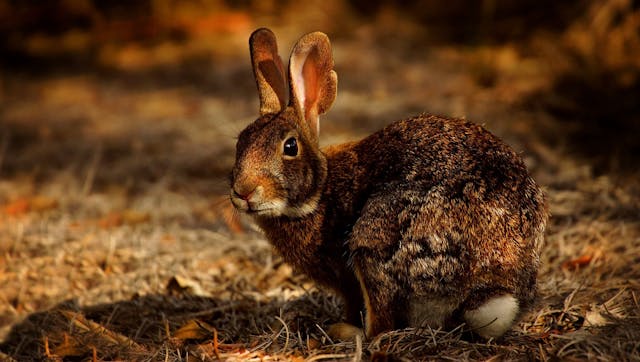
What is the problem with invasive species? The problem with invasive species is that the ecosystem they are invading has not evolved to deal with them, and they can cause widespread damage.
Plants and animals have always managed to spread outside of their own ecosystem, but they are always controlled by the conditions or by the climate. If they do manage to survive, then the ecosystem has extended. This is not really an invasive species. Invasive species are plants and animals that have moved well away from their original ecosystem and arrived in a new ecosystem that has never been exposed to them before. The cause of this kind of movement is humans. Sometimes intentionally and sometimes unintentionally. We are helped in this by several abilities we have that animals don’t have. The first is that we have managed to live on every continent and in every ecosystem. The second is that we are able to easily travel between these continents. The third is that we have domesticated many plants and animals.
Dogs and cats were the first animals we domesticated, between 15,000 and 10,000 years ago. They started to live with us because we provided them with food and shelter. We let them live near us because they kept our dwellings free of rats and they helped us hunt. A symbiotic relationship. That meant that when we travelled to a new place, we took our cats and dogs with us. That might be on land, but it could be by boat. The new place might already have cats and dogs, but it might not. This is the basic problem.
When we take a species from one ecosystem that has evolved with it to an ecosystem that hasn’t evolved with it, the invasive species can wreak havoc. Let’s take cats for example. Cats prey on small mammals, such as mice, usually. In an ecosystem that has evolved with cats and mice, the mice learn to avoid the cats, and the two populations grow in symmetry. If there are more mice, the number of cats increases, which means they catch more mice and the number of mice goes down, which means there are fewer mice, and the number of cats decreases. This wave continues endlessly, and it affects everything else as well. The grains and things that the mice eat are affected by the number of mice and the animals that eat cats are also affected. This is a balanced ecosystem. If you take these cats by boat and put them in an ecosystem where the mice have never seen cats before, they won’t know to run and hide. They won’t have any defenses, and the cats will have a field day, eating every single mouse. And if the cats eat all the mice, everything else that depends on those mice will collapse. Perhaps the mice will have another natural predator, and the cats will out compete that predator because the mice will hide from that predator and not from the cats. One invasive species can have a knock-on effect that destroys a whole ecosystem. Rabbits in Australia is a good example. They were taken from Britain by early colonists, either for food or to hunt. The rabbits escaped into the wild and did what rabbits do best. They procreated and ate. Very quickly there were millions of rabbits, and they outcompeted native species for their food. They also ate so much that they caused soil erosion. The Myxomatosis virus was introduced to the rabbits in the 1950s to bring the population under control, which it did for a while, but now the rabbits that are immune to the virus have bred like rabbits.
Invasive species can be introduced by accident as well. Since the beginning of the last century, fast world trade has increased. Food is shipped from country to country by fast boat and by plane. It is easy for an animal to be caught up in that and shipped to a new country. Or there could be alien seeds on the ship somewhere. Once the ship gets to the new port, the animals escape, or the seeds get blown into the wilderness, and then nature takes over. Rats are an excellent example. There are probably fewer rats on a cargo ship these days than there used to be, but they still exist. Rats live on ships because they have easy access to food and then they leave the ship when it docks. One of the reasons the dodo went extinct was rats. The rats invade the island, which has never seen rats before, and they eat everything, including the eggs of birds like the dodo. Invasive species are very dangerous. And this is what I learned today.
Sources
https://www.plymouth.ac.uk/discover/what-are-invasive-species
https://en.wikipedia.org/wiki/Invasive_species
https://www.amnh.org/exhibitions/horse/domesticating-horses/domestication-timeline
https://en.wikipedia.org/wiki/Feral_cat
https://www.ecoguardpestmanagement.com/pest-resources/what-do-mice-eat
https://en.wikipedia.org/wiki/Rabbits_in_Australia
Photo by Ray Bilcliff: https://www.pexels.com/photo/close-up-photo-of-rabbit-2576780/
